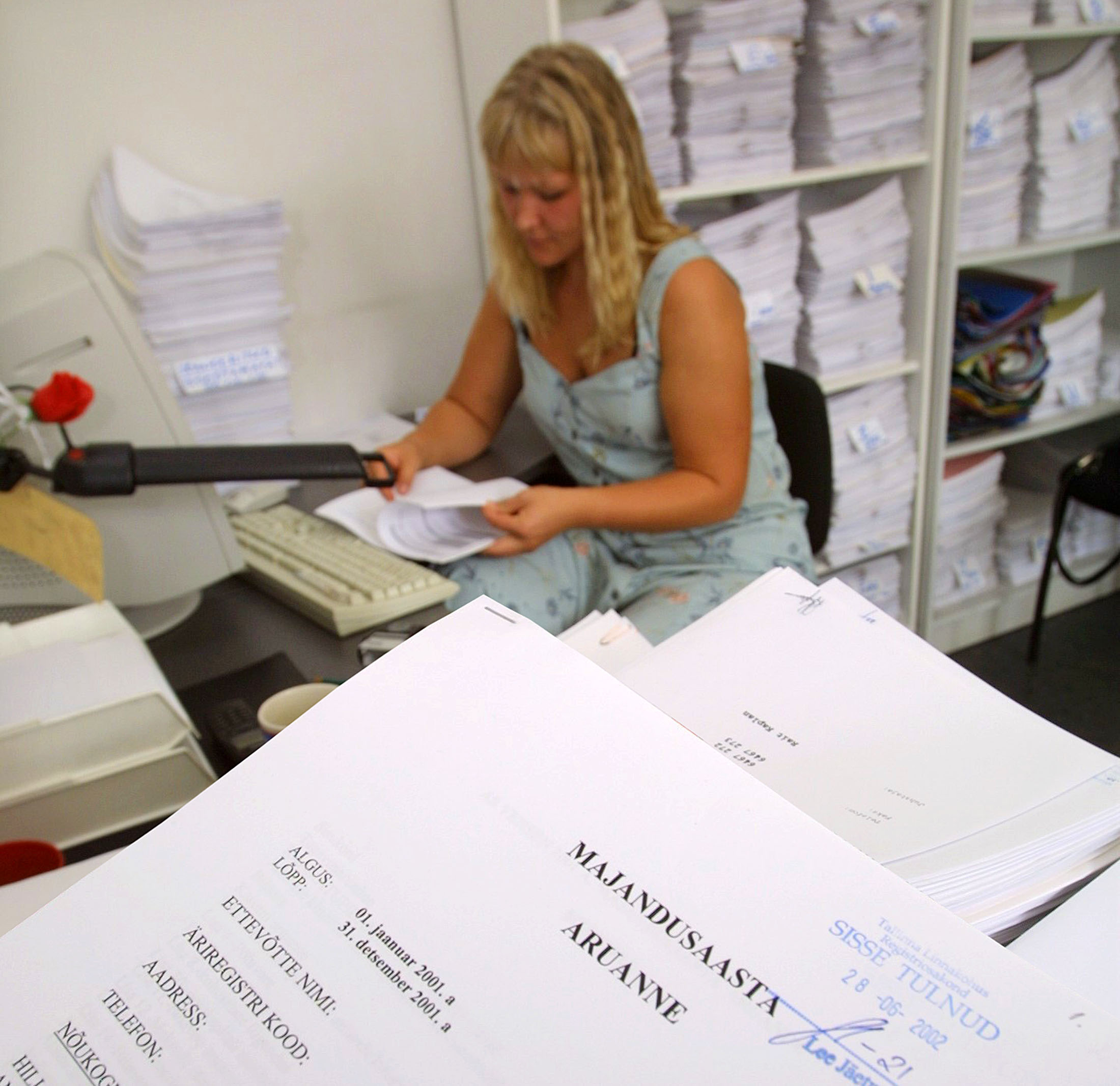E-solutions made work easier
With the arrival of the new century, the way things had been done started changing: more and more information was exchanged by e-mail instead of fax and snail mail, and the development of accounting software brought greater automation, simplifying and speeding up the work of accountants.
However, there were still quite a few tasks that computers simply could not do for humans. Ene Rahula recalls, for example, that every accountant – not only at Rimess – was also essentially a designer. Namely, when preparing an annual report, the spreadsheets had to be copied from Excel into a Word file, be it the balance sheet or the profit and loss account, and the texts had to be added, which each accountant arranged and formatted differently. Of course, it was often the case that a few lines would end up ‘hidden’ or disappear altogether, and getting things right was a nail-biting drain on both time and energy. Fortunately, that is all in the past. Reporting forms have looked the same for years in the e-Commercial Register: all you have to do is enter the numbers and click on ‘Save’.
In the second half of the first decade of the 21st century, an important innovation took place in the Estonian business environment which directly affected the work of accountants: in 2007, the business portal of the Commercial Register was created and with it the possibility to submit annual reports electronically via the business portal.
Before it became possible to submit annual reports electronically to the Commercial Register in 2007, reports had to be delivered to the register on paper. Pictured: Margret Pappel, a technical secretary with the Commercial Register, with reports waiting to be entered in 2002. Photo: Meeli Küttim, Äripäev / Scanpix
It is true that in the early years, electronic filing meant that a report had to be uploaded as either a PDF or RTF file. There weren’t that many people who used this facility at first – in 2007, for example, only around 7000 businesses made their lives easier in this way. However, there has been no choice since 2010, when submitting annual reports electronically became mandatory.
Despite the fact that there are more e-solutions making life easier today than you can count on two fingers, still not everyone is on board. “There are some clients who just won’t go along with paperless records management and still bring invoices and other documents to the accountant on paper,” says Rahula. “A client who’s been with us since the beginning still writes ‘Rimess’ on the envelope when they send us documents. They say that for them, we are and will always be Rimess!”


